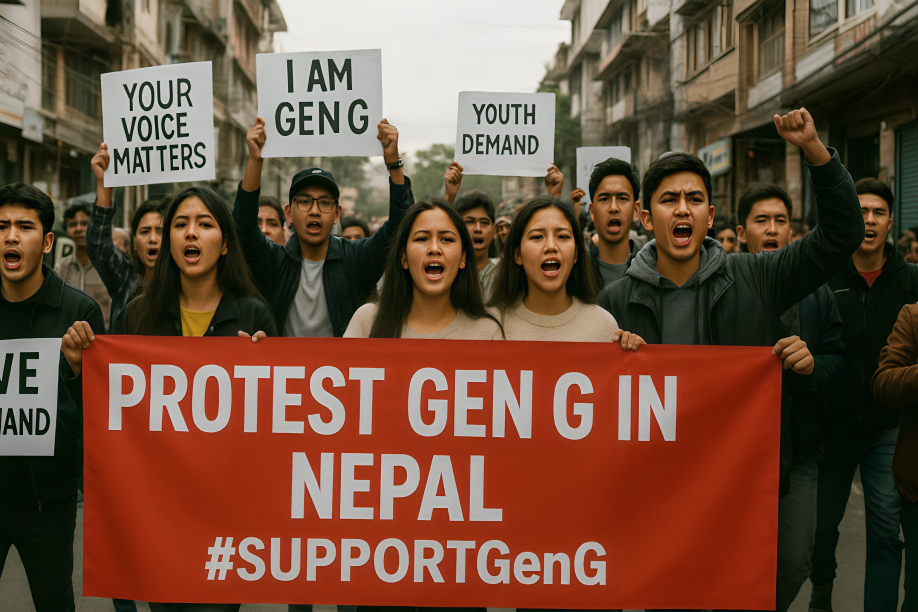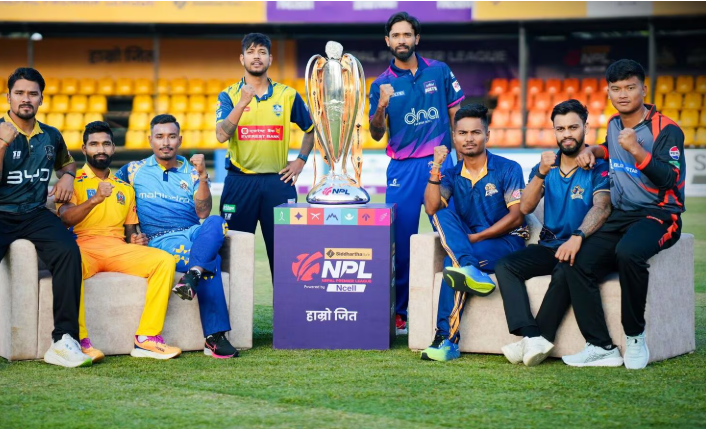On September 8, 2025, a significant youth-led protest, known as “The GEN G Protest in Nepal,” took place across Nepal, with major gatherings in Kathmandu’s Maitighar Mandala and New Baneshwor areas. This demonstration was organized by Generation Z activists, individuals born between 1997 and 2012, who are under the age of 28. The protest was a response to the government’s abrupt shutdown of 26 major social media platforms, including Instagram, WhatsApp, and TikTok, which had been enforced overnight. This move was perceived as a direct assault on free speech, digital connectivity, and the professional lives of many young Nepalis.
Mayor Balendra Shah Supports Gen Z Rally Against Corruption and Social Media Restrictions
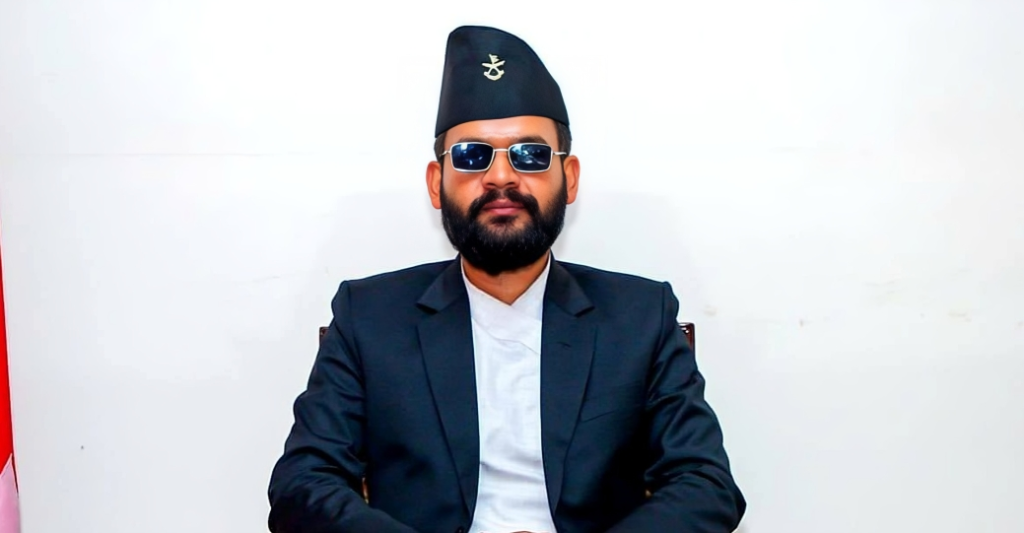
Kathmandu Metropolitan City Mayor Balendra Shah has openly expressed his support for the youth-led rally held on Monday, which protests against corruption and the government’s recent restrictions on social media. The demonstration, organised by Gen-Z participants, highlights growing frustration among young people over governance issues and limitations on digital freedoms.
In a statement shared on his official Facebook page, Mayor Shah acknowledged that he could not physically participate in the rally due to the age limit set by the organisers, who have defined Gen-Z as individuals under the age of 28. Despite this, he emphasised the importance of listening to the voices of the younger generation and understanding their concerns.
“The rally is clearly a spontaneous movement of Gen-Z, for whom even I may seem old,” Shah wrote. “I want to understand their aspirations, objectives, and way of thinking. Political parties, leaders, activists, lawmakers, and campaigners should not be oversmart to use this rally for their own interests.”
By underlining these points, Shah made it clear that his support is not tied to any political agenda. Instead, he sees the protest as an independent initiative by young citizens determined to highlight critical issues affecting Nepal. Mayor Shah also encouraged political actors to respect the independence of the movement and not manipulate it for their personal or party gains.
The rally is being described as a self-initiated youth protest, reflecting genuine concerns among Nepal’s younger population about corruption in governance and increasing limitations on digital expression. Organisers have repeatedly urged participants to remain free from political affiliations, ensuring that the rally truly represents the voice of the youth rather than any specific political agenda.
Social media has become a critical space for young people to express their opinions, connect with peers, and mobilise for social causes. The government’s recent decision to restrict access to certain social media platforms has sparked widespread criticism, particularly from younger generations who rely on these platforms for information, networking, and activism. The Gen-Z-led rally aims to draw attention to these digital restrictions, alongside the ongoing issue of corruption, which many young people view as a barrier to social and economic progress in the country.
Mayor Shah’s endorsement carries significant weight, as he is widely recognized as a leader who engages directly with public concerns. Although he cannot join the protest in person, his message reinforces the importance of the youth movement and encourages participants to continue voicing their concerns peacefully and constructively. His statement highlights the importance of intergenerational dialogue, where older leaders actively listen to the younger generation rather than dismissing their initiatives.
The rally itself has attracted attention across Kathmandu, particularly at key locations such as Maitighar Mandala and New Baneshwor, where large groups of young people gathered to express their demands. The organisers emphasised discipline, peaceful demonstration, and maintaining focus on the central issues corruption and digital freedom without getting entangled in political conflicts or party loyalties.
Analysts and observers have noted that the movement represents a broader trend in Nepal and globally, where younger generations are increasingly taking the lead in activism, particularly in areas of governance, transparency, and freedom of expression. By supporting this initiative, Mayor Shah sends a clear signal that young people’s voices are valued and that their concerns about corruption and social media restrictions deserve serious attention.
In conclusion, Mayor Balendra Shah’s support for the Gen-Z-led protest is a significant endorsement of youth activism in Nepal. While he respects the age limit preventing his participation, his message underlines the importance of independent, politically neutral youth movements. By highlighting corruption and digital freedom restrictions, the protest demonstrates the active role that young citizens are playing in shaping Nepal’s future. Shah’s backing not only validates the concerns of the demonstrators but also encourages older generations and political actors to listen carefully and allow the youth to lead constructive change.
The Youth Protest in Nepal
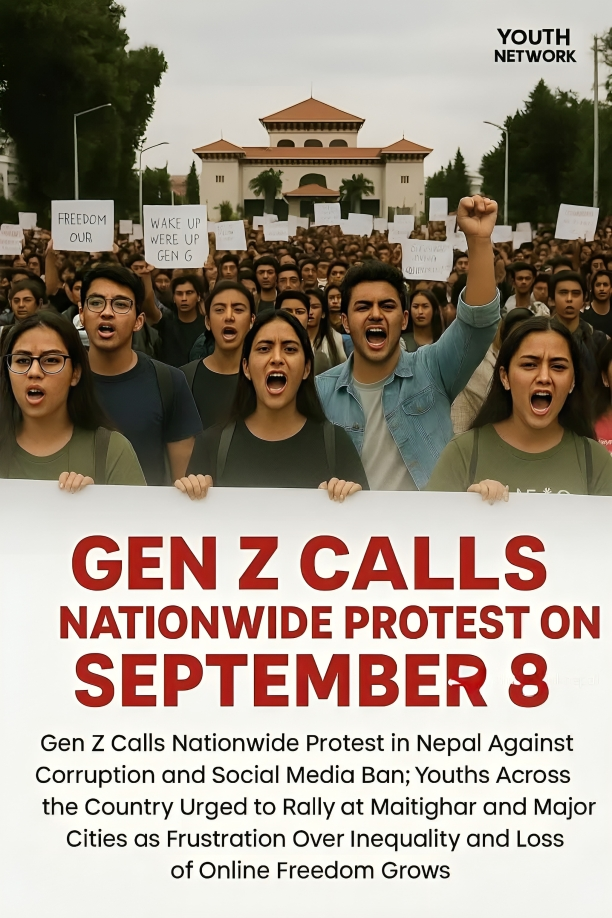
On September 8, 2025, a massive youth-led protest known as the The GEN G Protest in Nepal or “Final Revolution – We Are Punching Up” took place across Kathmandu, primarily at Maitighar Mandala and New Baneshwor. This protest was triggered when the government suddenly blocked 26 major social media platforms, including Instagram, WhatsApp, and TikTok. Young Nepalis viewed this action as an attack on free speech and digital rights, leading to widespread mobilization. Organized mainly by Generation Z activists, the protest emphasized that the voices of the youth could not be silenced. The movement became a symbol of political awareness, with participants expressing frustration over corruption and the privileges of elite families often labeled as “Nepo Kids.”
| Detail | Information |
|---|---|
| Date | September 8, 2025 |
| Protest Name | Final Revolution – We Are Punching Up |
| Locations | Maitighar Mandala, New Baneshwor |
| Main Trigger | Government blocked 26 social media platforms |
| Key Issue | Free speech and digital rights |
| Main Organizers | Generation Z activists |
READ MORE: Top 10 One-Sided European Finals: Record Victories and Historic Performances
Reason Behind the Protest
The main reason behind the PROTEST GEN G was the government’s decision to block 26 social media platforms that refused to register under new state regulations. The young population saw this as an attempt to control online activity and suppress freedom of expression. In response, activists quickly organized online campaigns, coordinated through remaining platforms and VPN tools. The movement was spontaneous, free from direct political party influence, and represented a clear voice of youth challenging restrictions. By using digital expertise, participants ensured that the protest spread rapidly and effectively across cities.
| Platform Blocked | Reason |
|---|---|
| Refused government registration | |
| Privacy concerns | |
| TikTok | Did not comply with state surveillance |
| Other 23 Platforms | Same reason |
Key Participants and Organizers
Thousands of young Nepalis joined the The GEN G Protest in Nepal, representing diverse backgrounds and regions. The organizers, mainly Generation Z activists, ensured that participation remained voluntary and inclusive. Many volunteers helped with crowd management, online coordination, and spreading awareness. The protest illustrated the increasing engagement of young people in civic and political matters, proving that Nepalese youth were capable of mobilizing without traditional political guidance. It showed a clear shift in societal involvement, where digital tools and youth leadership played a pivotal role.
| Group | Role |
|---|---|
| Generation Z Activists | Organizers, promoters |
| Volunteers | Crowd management and support |
| Youth Participants | Protesters and online campaigners |
| Political Observers | Monitoring without direct involvement |
Key Events During the Protest
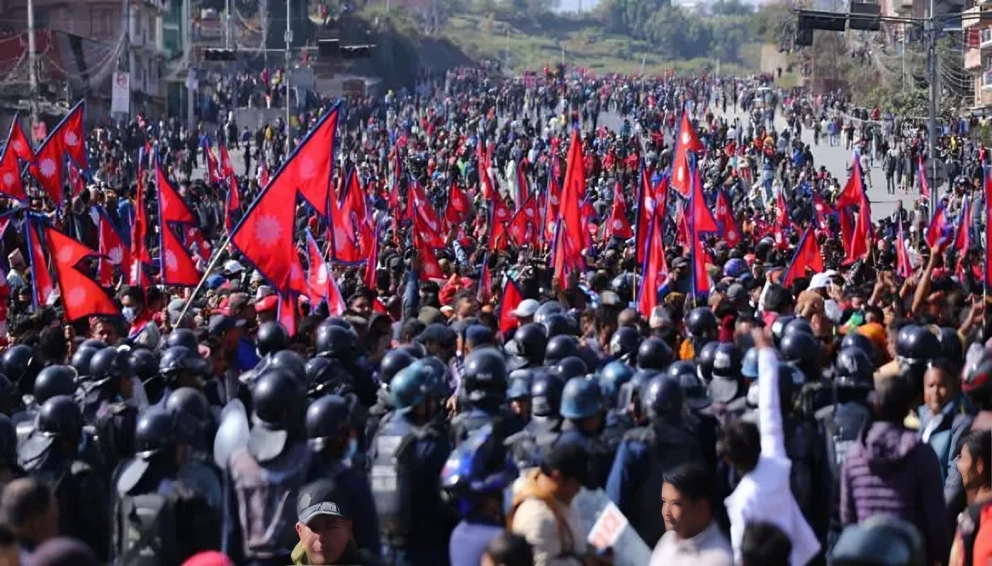
The PROTEST GEN G began at 9 a.m. in both Maitighar Mandala and New Baneshwor. Protesters marched peacefully, holding banners and chanting slogans against censorship, corruption, and elitism. Mayor Balen Shah publicly supported the youth and urged political parties not to interfere or exploit the movement. Additionally, the Rastriya Swatantra Party (RSP) expressed solidarity with the demonstrators, highlighting that the movement was rooted in youth activism rather than party politics. The organized nature of the march, combined with peaceful engagement, reflected the maturity and awareness of the participants.
| Event | Details |
|---|---|
| Start Time | 9 a.m. |
| Locations | Maitighar Mandala, New Baneshwor |
| Mayor’s Support | Balen Shah encouraged youth voices |
| Political Party Statement | RSP expressed solidarity |
Government Response and Public Concerns
The government’s action to block social media platforms sparked outrage among students, young professionals, and general citizens. The PROTEST GEN G was a direct reaction to what many considered digital authoritarianism. Protesters demanded freedom of expression, transparency, and accountability, while criticizing nepotism and the undue influence of elite families. By rallying around these causes, the youth emphasized that political and digital accountability are essential components of a functional democracy. The movement also highlighted that young people are increasingly aware of digital rights and are willing to act to protect them.
| Issue | Public Reaction |
|---|---|
| Social media ban | Strong opposition |
| Free speech | Young people demanded protection |
| Corruption | Criticism of nepotism and elite privilege |
| Digital surveillance | Viewed as infringement on privacy |
Social Media Influence on the Protest
Ironically, the very platforms blocked by the government were instrumental in organizing the PROTEST GEN G. Activists had already mobilized participants using TikTok, Reddit, and Instagram. Even after the ban, hashtags such as #SayNoToCorruption and #FinalRevolution trended across remaining platforms, drawing both national and international attention. The protest demonstrated that social media is a powerful tool for civic engagement, capable of sustaining movements even under restrictive conditions. This reflects how digital literacy among youth can amplify their voices significantly.
| Platform | Role in Protest |
|---|---|
| TikTok | Coordination and messaging |
| Information sharing | |
| Mobilization before ban | |
| Awareness campaigns |
Public Participation and Demographics
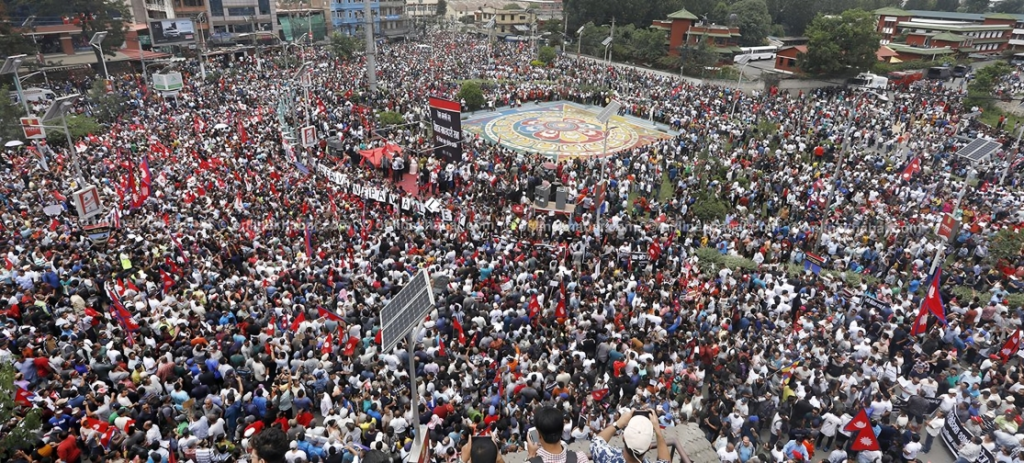
The PROTEST GEN G drew thousands of participants, mainly students and young professionals, highlighting their concern for issues like censorship, corruption, and political privilege. The movement included volunteers who assisted in managing the crowd and ensuring safety. Observers and journalists documented the event, helping spread awareness. This large-scale participation demonstrated the inclusivity and diversity of the youth movement, reflecting a population willing to actively engage in political and social reforms.
| Participant Group | Approx. Number |
|---|---|
| Students | 2,500+ |
| Young Professionals | 1,800+ |
| Volunteers | 500+ |
| Observers | 1,000+ |
Historical Context and Comparison
The PROTEST GEN G of 2025 fits into a broader trend of youth activism in Nepal. Previous movements, like the 2025 Teachers’ Protest and the Pro-Monarchy protests, also saw youth taking a strong stand. Each movement reflects the growing political consciousness of Nepalese youth and their determination to influence public policy. Unlike earlier protests, the PROTEST GEN G leveraged social media extensively, demonstrating a modern approach to civic engagement.
| Past Protest | Year | Key Demand |
|---|---|---|
| Teachers’ Protest | 2025 | Fair salaries and work conditions |
| Pro-Monarchy Protest | 2025 | Political reforms |
| Social Media Protest | 2025 | Free speech and digital rights |
Reactions from Leaders and Parties
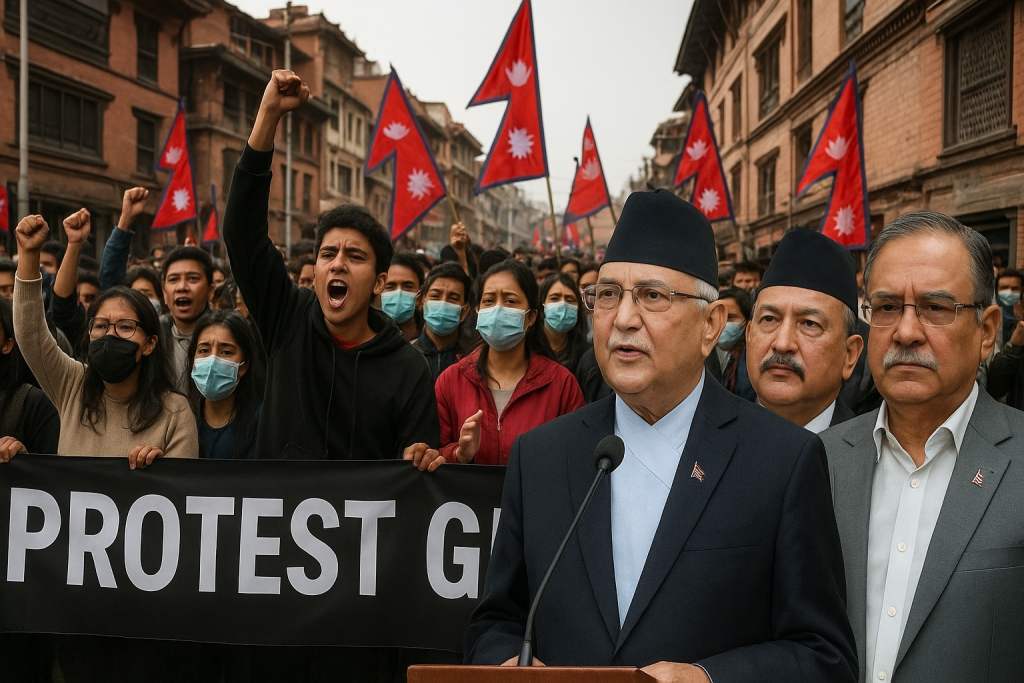
Though the PROTEST GEN G was primarily youth-led, several leaders acknowledged and supported the movement without taking control. Mayor Balen Shah emphasized political neutrality, while the Rastriya Swatantra Party (RSP) urged the government not to suppress the protest. These responses indicated recognition of youth concerns and the legitimacy of their demands, while allowing the protest to maintain its independent, non-partisan identity.
| Leader/Party | Statement |
|---|---|
| Balen Shah | Supports youth voices, warns parties |
| RSP | Solidarity with protesters |
| Other Leaders | Mixed responses, cautious approach |
READ MORE: Top 10 Relentless Premier League Strikers Dominating the Field in 2025
The PROTEST GEN G on September 8, 2025, represents a milestone in Nepalese democratic engagement. It highlighted the determination of youth to defend digital freedom, challenge corruption, and demand transparency. The protest also emphasized the growing importance of digital tools and social media in shaping political activism. While the immediate impact on policy remains uncertain, this movement underscores the rising political awareness and active involvement of Nepalese youth, setting a precedent for future civic engagement. The voices of Generation Z in Nepal are now a critical force in shaping the country’s policies, democracy, and governance structures.
| Outcome | Significance |
|---|---|
| Widespread participation | Youth empowerment |
| Digital rights awareness | Push for free speech |
| Political accountability | Challenge to corruption |
| Future civic engagement | Strengthening democracy |
Q1: What is the PROTEST GEN G in Nepal?
A1: PROTEST GEN G, or “Final Revolution – We Are Punching Up,” is a youth-led protest on September 8, 2025, in Kathmandu. Organized by Generation Z activists, it opposed the government’s blocking of 26 social media platforms and highlighted corruption, elitism, and demands for digital freedom.
Q2: Why did Mayor Balendra Shah support the Gen Z rally?
A2: Mayor Balendra Shah supported the rally to acknowledge youth voices and concerns. He emphasized the protest is independent and politically neutral. Though he could not attend due to the age limit, he encouraged participants to continue peacefully, advocating for digital freedom, transparency, and accountability in governance.
Q3: What were the main issues raised by the protest?
A3: The protest focused on freedom of speech, digital rights, and opposition to the government’s social media block. It also highlighted corruption, nepotism, and elite privileges in Nepal, demanding transparency, accountability, and equal opportunities, showing that young citizens want a more responsible and inclusive political system.
Q4: How did social media play a role in the protest?
A4: Social media was vital for organizing PROTEST GEN G. Platforms like TikTok, Instagram, and Reddit helped coordinate participants, spread awareness, and mobilize crowds. Even after the ban, hashtags like #FinalRevolution and #SayNoToCorruption kept the movement visible, demonstrating how digital tools empower youth activism effectively.
